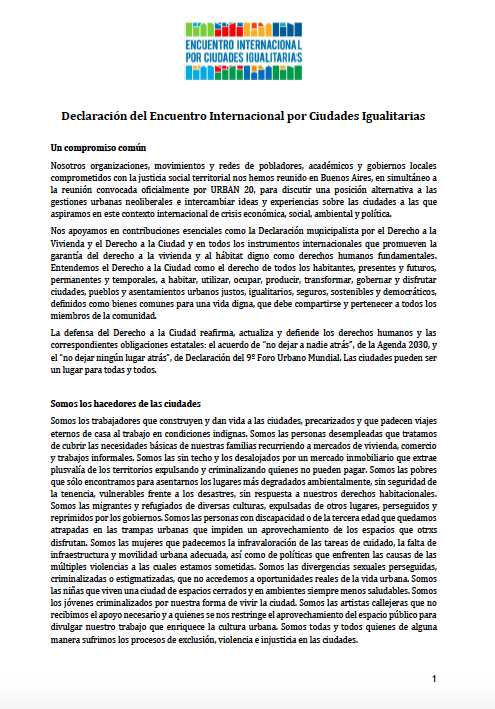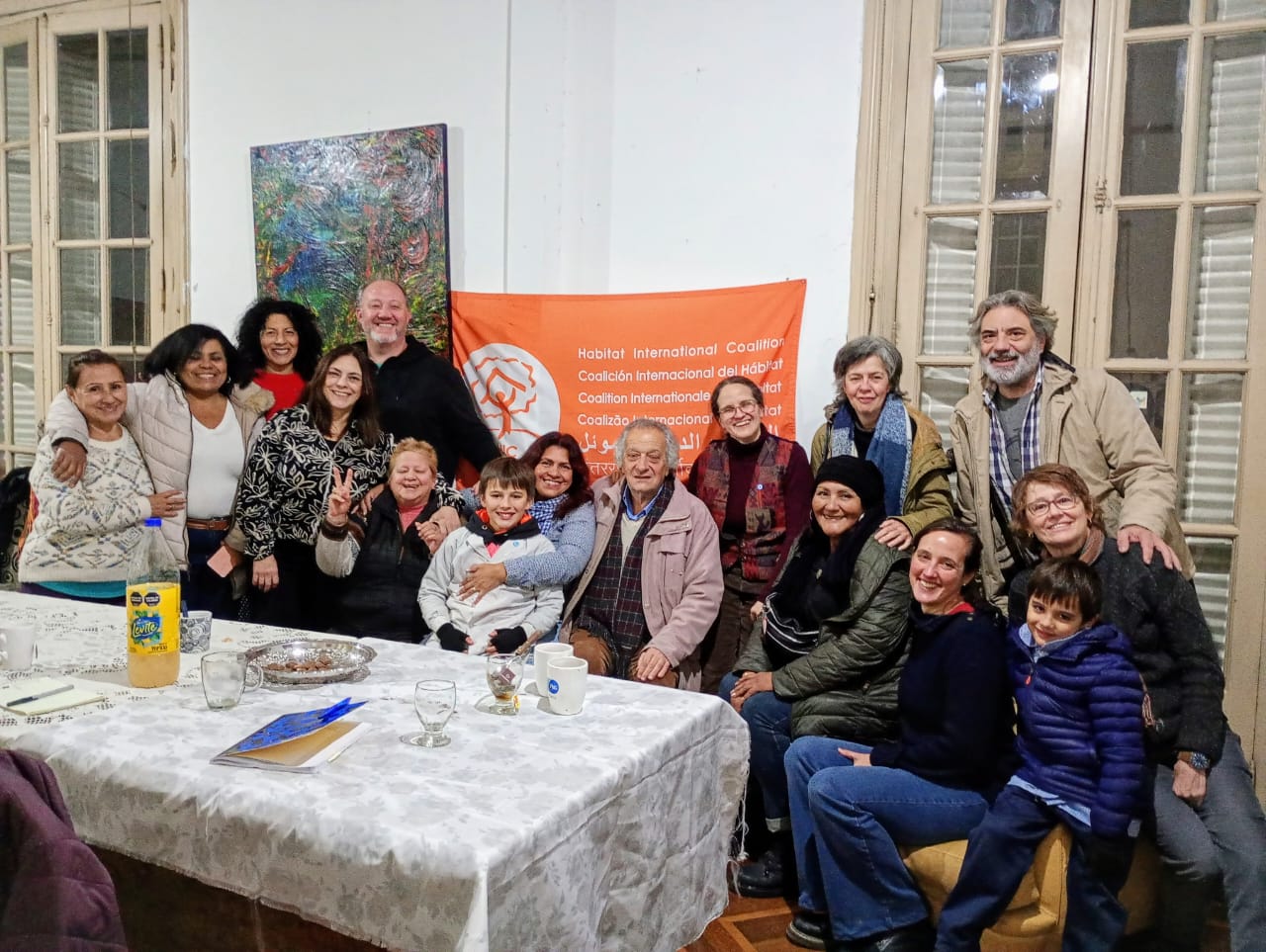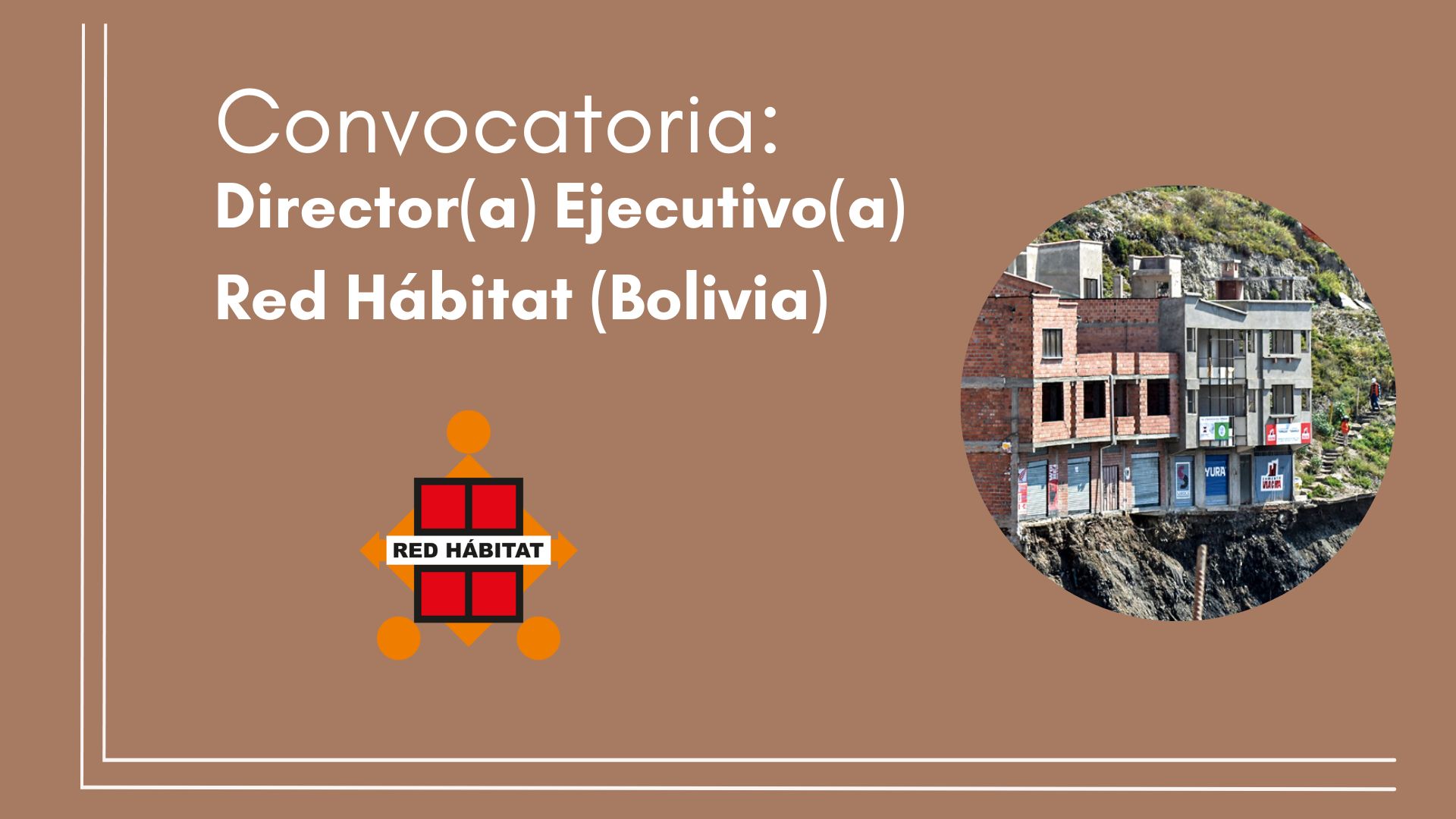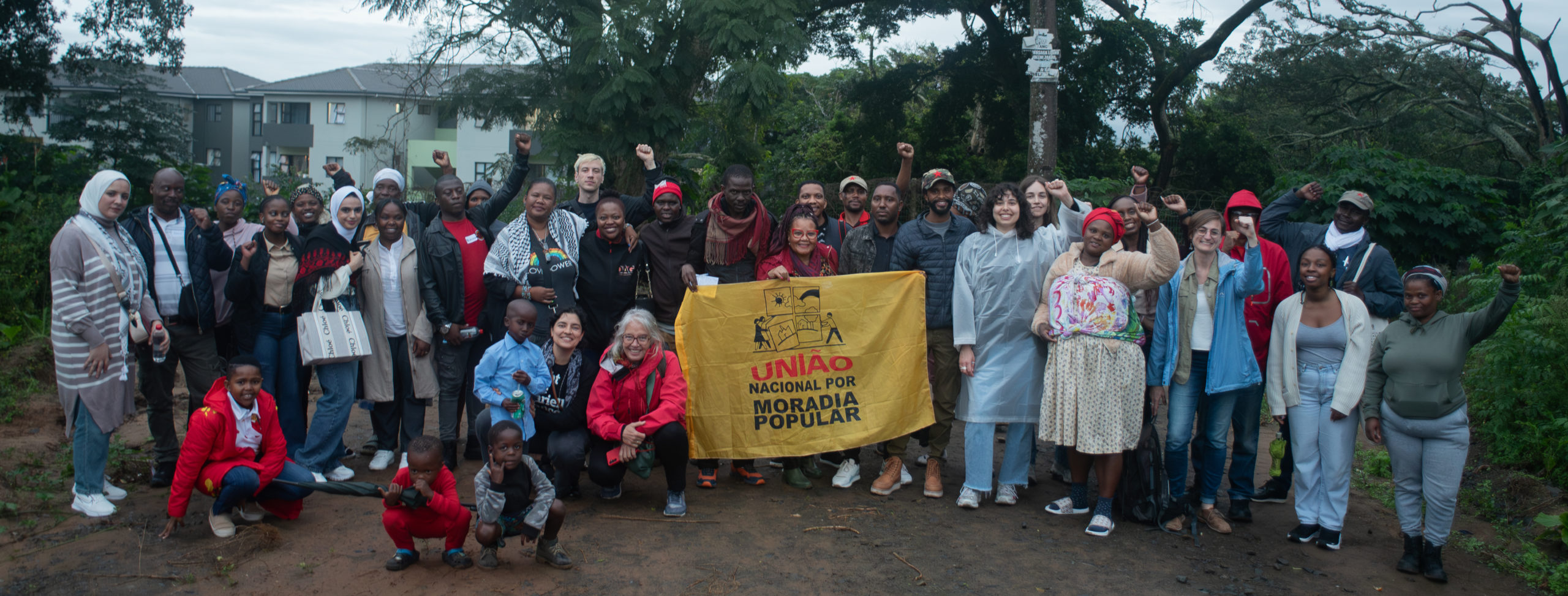Objectives of the Action
1) To enhance the living conditions of the population of the Menontin district through integral activities for health, drainage, the environment and local improvement.
2) To encourage the community to take joint responsibility for identifying problems, financing and carrying out programs for environmental improvement, as well as formaintaining the developments.
3) To promote a model for the concerted improvement of living conditions at a district level, which could be reproduced in other popular districts of the major towns of Benin.
Contents of the action
In concrete terms, the activity consists of:
- creating primary infrastructures,
- constructing a health center,
- setting up an organizational team to vitalize local social groups and promote the support and participation of the inhabitants,
- installing and training group leaders,
- sociological and environmental follow-up.
Setting up micro-projects.
Legalization of land tenure and extension of water and electricity networks.
Within the framework of the project, they provide a link between the grass-rots community and the organizers of AMSM (Medical-Social Association of Menontin).
Establishment of specific products: district mothers, production of enriched flour.
Agreements among partners to establish socio-sanitary organization and management of the Health Center by the NGO (MSAM).
Social impact: a change of behaviour with respect to sanitation, medicine, the environment (collection of household garbage)
Attenuation of conflicts, social cohesion.
The government is actively involved: the President of the Republic laid the foundation stone for construction of the Medical Center.
Cultural: construction of a library equipped with books.
Economic: job creation within the framework of micro-projects which generate revenue.
After two years and some intervention, the district’s social organization has been invigorated. It has gained security of land tenure, and has seen improvement in grassroots infrastructures. There has been a clear improvement in standards of living in comparison to other districts which are extensions of COTONOU. However, there has been some land speculation and there are very few constructions of any standing.




